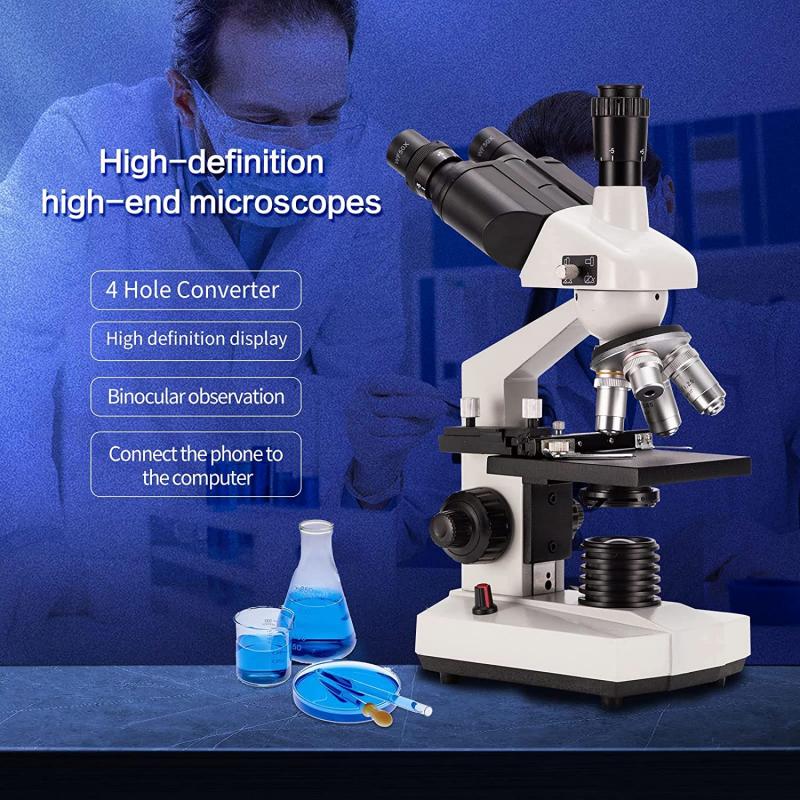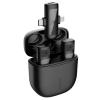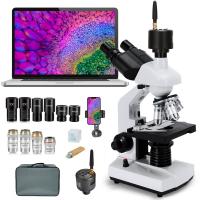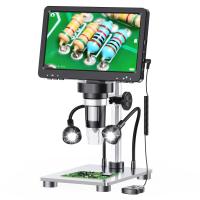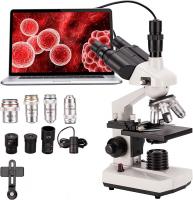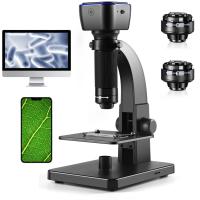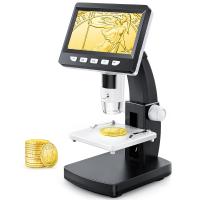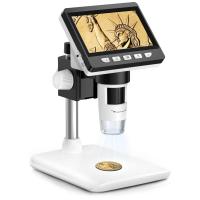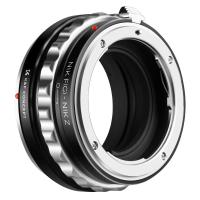What Does A Microscope Condenser Do ?
A microscope condenser is an optical component that is used to focus and direct light onto the specimen being observed. It is typically located beneath the stage of the microscope and consists of a lens system that collects and concentrates light from the microscope's light source. The condenser helps to improve the resolution and clarity of the image by providing a concentrated and uniform illumination of the specimen. By adjusting the position and aperture of the condenser, the amount and angle of light can be controlled, allowing for optimal illumination and contrast.
1、 Focusing light onto the specimen for enhanced visibility.
A microscope condenser is an essential component of a microscope that plays a crucial role in enhancing the visibility of the specimen being observed. Its primary function is to focus light onto the specimen, allowing for better resolution and clarity.
The condenser is located beneath the stage of the microscope and consists of a series of lenses and diaphragms. It works by collecting and concentrating light from the microscope's light source, typically an illuminator or a mirror, and directing it onto the specimen. By focusing the light onto the specimen, the condenser increases the amount of light that reaches the object being observed, resulting in a brighter and more detailed image.
One of the key advantages of using a condenser is that it improves the resolution of the microscope. The focused light helps to reduce the scattering and diffraction of light waves, resulting in a sharper image. This is particularly important when observing small or transparent specimens that may be difficult to see without proper illumination.
Additionally, the condenser also helps to control the contrast and depth of field of the image. By adjusting the diaphragm of the condenser, the amount of light entering the microscope can be regulated, allowing for better control over the brightness and contrast of the image. This can be particularly useful when observing specimens with varying levels of transparency or when trying to highlight specific features of the specimen.
In recent years, advancements in microscope technology have led to the development of more sophisticated condensers. Some modern microscopes now feature adjustable condensers that allow for precise control over the angle and intensity of the light, further enhancing the visibility and clarity of the specimen. Additionally, specialized condensers, such as phase contrast or darkfield condensers, have been developed to improve the visualization of specific types of specimens or to highlight specific features.
In conclusion, a microscope condenser is a vital component that focuses light onto the specimen, resulting in enhanced visibility and improved resolution. Its ability to control contrast and depth of field further contributes to the quality of the image. With advancements in technology, condensers have become more sophisticated, allowing for greater control and customization of the illumination process.
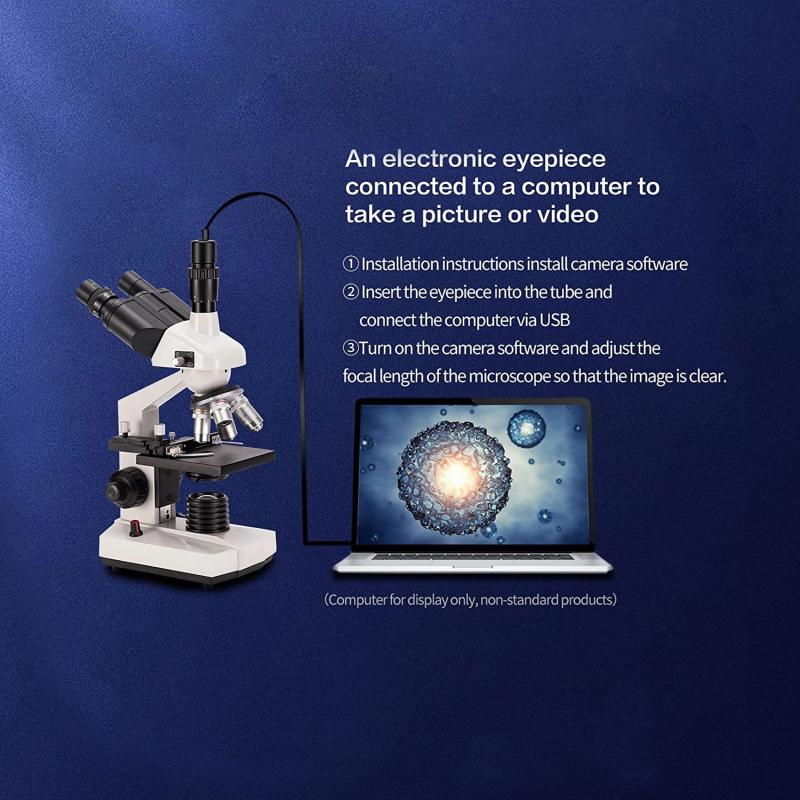
2、 Controlling the angle and intensity of the illumination.
A microscope condenser is an essential component of a microscope that plays a crucial role in controlling the angle and intensity of the illumination. It is located beneath the stage and is responsible for focusing and directing light onto the specimen being observed.
The primary function of the condenser is to gather and concentrate light from the microscope's light source, typically a bulb or an LED, and focus it onto the specimen. By doing so, it increases the brightness and clarity of the image, allowing for better visualization and analysis. The condenser achieves this by using a series of lenses and an adjustable diaphragm to control the amount of light passing through.
Controlling the angle of illumination is important because it determines the direction from which the light hits the specimen. By adjusting the condenser's position, the user can change the angle of the light, which can be particularly useful when observing transparent or translucent samples. This technique, known as oblique illumination, enhances contrast and reveals fine details that may otherwise be difficult to see.
In addition to controlling the angle, the condenser also allows for the adjustment of the intensity of the illumination. By manipulating the diaphragm, the user can regulate the amount of light passing through the condenser. This is particularly useful when dealing with specimens of varying thickness or when trying to minimize the risk of damaging delicate samples with excessive light exposure.
It is worth noting that the role of the microscope condenser has evolved with advancements in technology. Modern microscopes often come equipped with sophisticated condensers that offer additional features such as phase contrast or darkfield illumination. These techniques further enhance the visibility of specific types of specimens, making them more accessible for research and analysis.
In conclusion, a microscope condenser is responsible for controlling the angle and intensity of the illumination. By gathering and focusing light onto the specimen, it enhances the brightness and clarity of the image. The ability to adjust the angle and intensity of the light allows for improved visualization and analysis of various types of samples. With advancements in technology, condensers have become more sophisticated, offering additional features that further enhance the visibility of specific specimens.
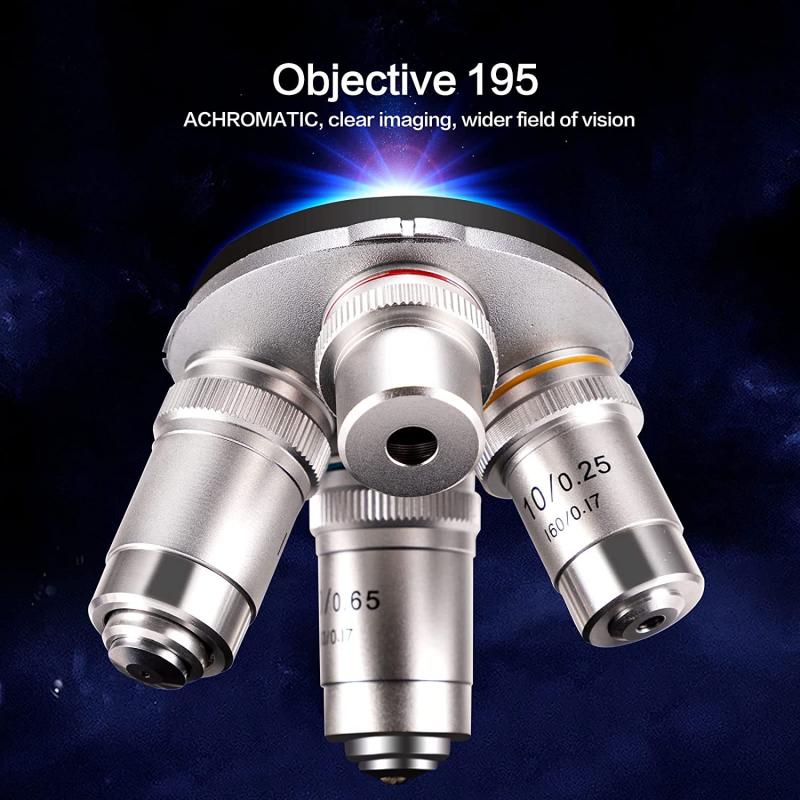
3、 Improving contrast and resolution of the microscope image.
A microscope condenser is an essential component of a microscope that plays a crucial role in improving the contrast and resolution of the microscope image. It is located beneath the stage and is responsible for focusing and directing light onto the specimen.
The primary function of the condenser is to gather and concentrate light from the microscope's light source onto the specimen. By doing so, it increases the amount of light that reaches the specimen, resulting in a brighter image. This is particularly important when observing specimens with low contrast or those that are transparent.
Furthermore, the condenser also helps in improving the resolution of the microscope image. Resolution refers to the ability of a microscope to distinguish between two closely spaced objects as separate entities. The condenser achieves this by controlling the angle and intensity of the light that passes through the specimen. By adjusting the condenser's aperture diaphragm, the numerical aperture of the microscope system can be optimized, leading to improved resolution.
In recent years, there have been advancements in condenser technology that have further enhanced its capabilities. For example, some modern microscopes now feature adjustable condensers that allow users to fine-tune the illumination for different types of specimens. Additionally, specialized condensers, such as phase contrast and darkfield condensers, have been developed to enable the visualization of specific types of specimens that may be difficult to observe using traditional brightfield illumination.
In conclusion, a microscope condenser is a critical component that improves the contrast and resolution of the microscope image. Its ability to gather and concentrate light onto the specimen enhances the brightness and clarity of the image. With advancements in condenser technology, researchers and scientists can now achieve even better visualization and analysis of microscopic specimens.
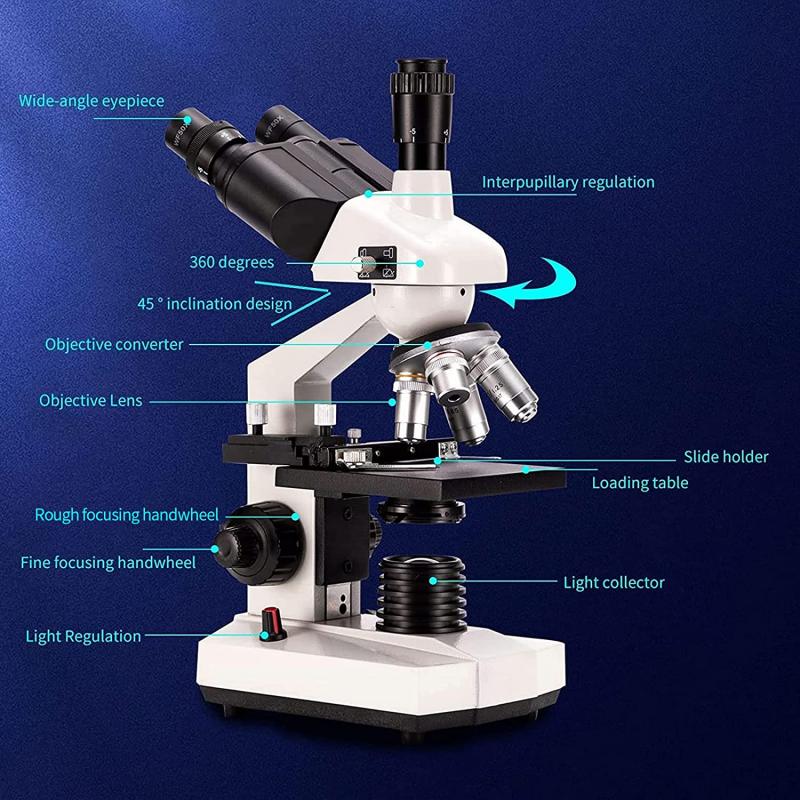
4、 Adjusting the depth of field for optimal imaging.
A microscope condenser is an essential component of a microscope that plays a crucial role in optimizing imaging. Its primary function is to adjust the depth of field, which refers to the range of distances that are in focus at any given time. By manipulating the condenser, the depth of field can be adjusted to achieve the best possible image quality.
The condenser works by focusing and directing light onto the specimen being observed. It collects and concentrates the light, ensuring that it is evenly distributed across the specimen. This concentrated light enhances the contrast and resolution of the image, allowing for clearer and more detailed observations.
Adjusting the depth of field is particularly important when examining specimens with varying thicknesses or complex structures. By altering the position of the condenser, the microscope user can control the amount of light that passes through different parts of the specimen. This enables them to selectively focus on specific areas of interest while minimizing distractions from out-of-focus regions.
In recent years, advancements in microscope technology have led to the development of more sophisticated condensers. Some modern microscopes now feature adjustable aperture diaphragms within the condenser, allowing for precise control over the amount and angle of light that reaches the specimen. This further enhances the depth of field and image quality, enabling researchers to capture more accurate and detailed data.
In conclusion, a microscope condenser is responsible for adjusting the depth of field to optimize imaging. By manipulating the condenser, researchers can control the focus and clarity of the image, allowing for more accurate observations and analysis. The latest advancements in condenser technology have further improved the quality of microscope imaging, enabling researchers to delve deeper into the microscopic world.
